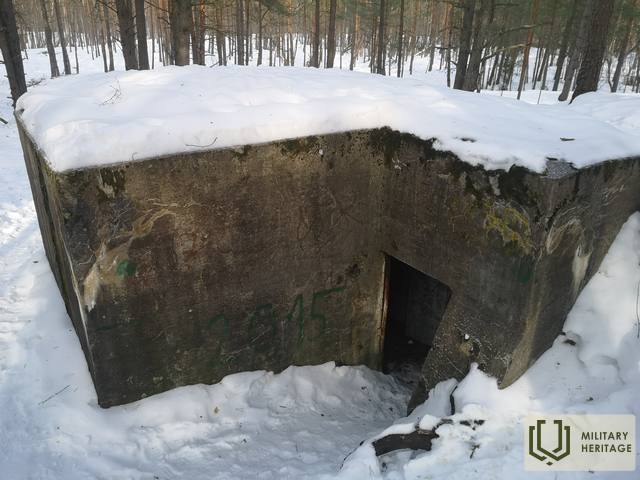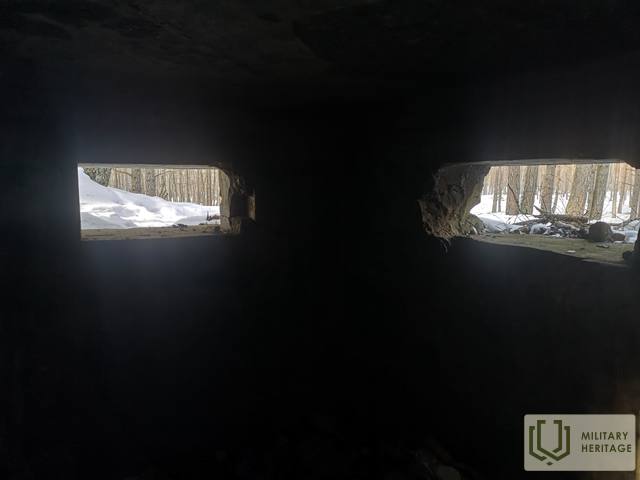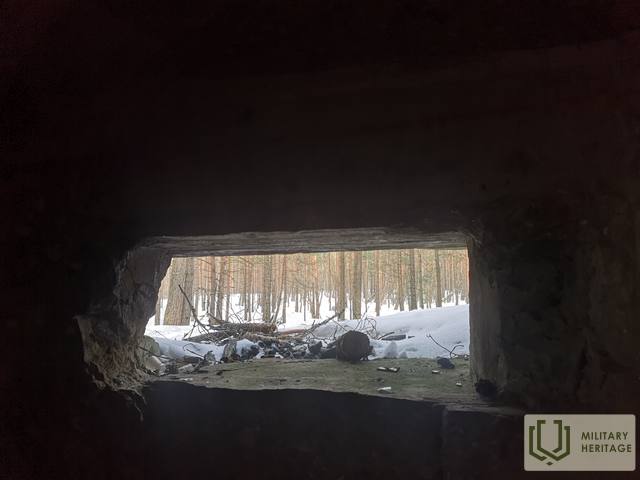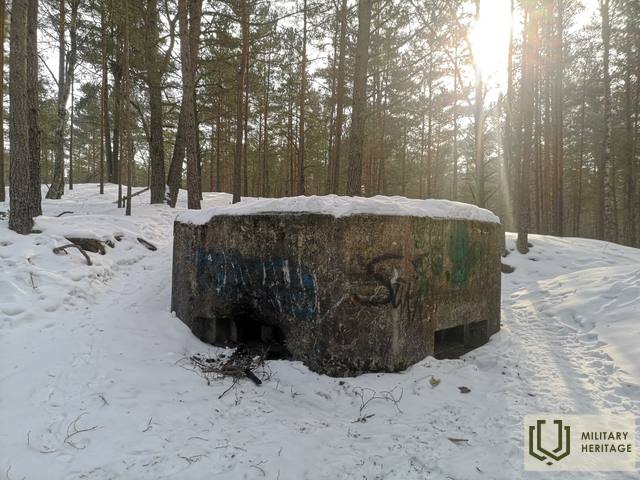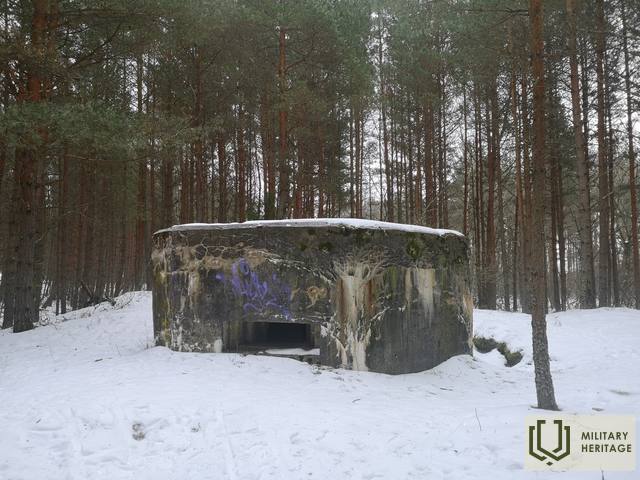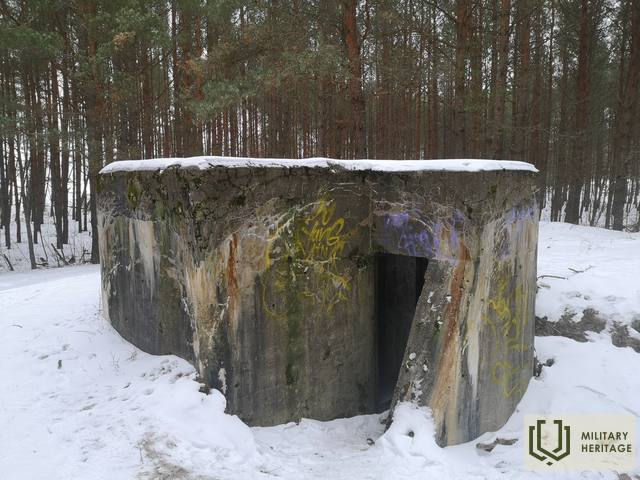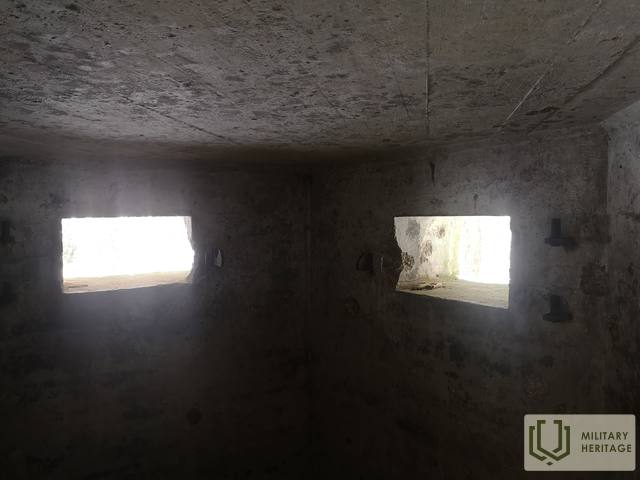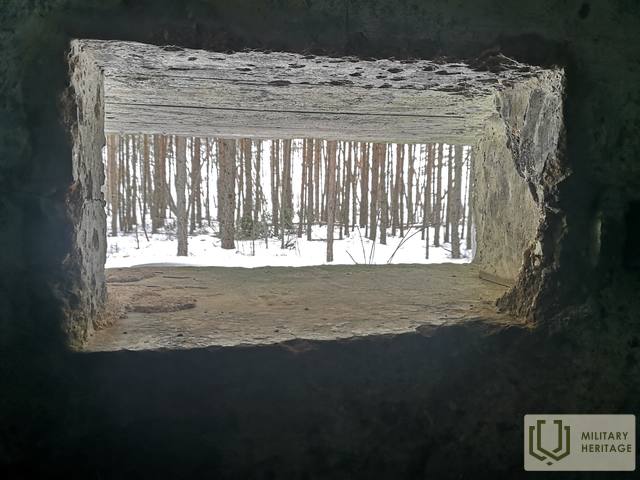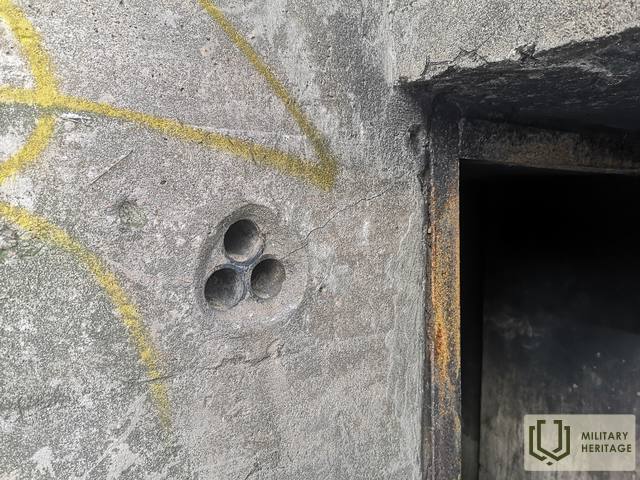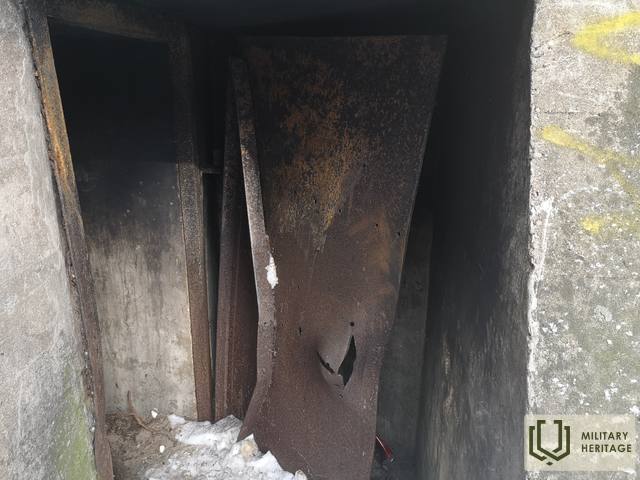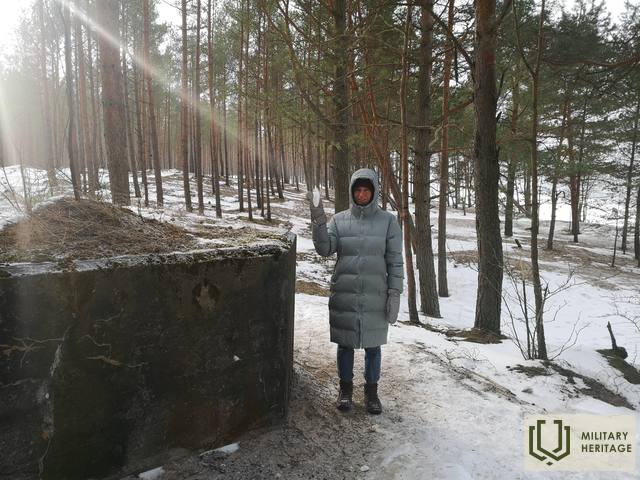Carnikavos pakrantės įtvirtinimai Bunkeris
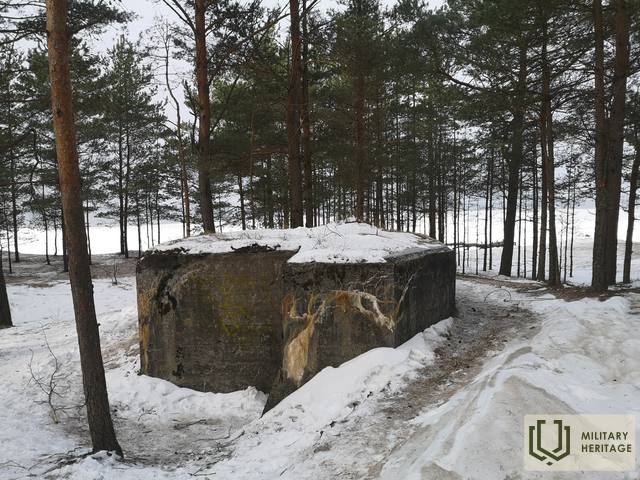


 30
30



Įsikūręs Carnikavoje, Gaujos upės žiotyse Rygos įlankoje.
Latvijos armijos sapierių pulko (1938 m.) pastatyti gelžbetoniniai įtvirtinimai arba kaponieriai buvo Latvijos armijos pakrantės gynybos sistemos elementas. Jie buvo skirti šaudyti į priešą kulkosvaidžiais dviem skirtingomis kryptimis. Tai buvo slapti ir sunkiai pastebimi kariniai objektai.
Po Pirmojo pasaulinio karo Latvijos armija dar neturėjo stipraus karinio jūrų laivyno. Jūros siena buvo ilga, todėl pakrančių gynyba tapo sudėtinga. Pagrindinis dėmesys buvo skiriamas Rygos gynybai nuo priešo jūrų atakų. Daugavgryvos ir Mangalsalos artilerija turėjo apšaudyti priešo laivus, bandančius prasiveržti į Dauguvos žiotis, o atramos punktai prie Lielupės (Jūrmaloje) ir Gaujos žiočių į jūrą (Carnikavoje) turėjo sustabdyti priešo išsilaipinimą. Pakrantės gynybą sudarė vienas specialiai įrengtas šarvuotas traukinys, kuris teikė artilerijos paramą ir pastiprinimą Saulkrastų arba Jūrmalos kryptimi. Strateginių vietų įtvirtinimo tikslas buvo sustiprinti ginklų veikimą, panaudojant specialias konstrukcijas ir reljefo pranašumus. Pakrančių gynybos įtvirtinimai buvo išdėstyti didelėje teritorijoje, siekiant sumažinti priešo įtaką karo atveju.
Šiandien gamtos parko „Piejūra“ teritorijoje galima pamatyti keletą retų ir gerai išsilaikiusių įtvirtinimų.
Panaudoti šaltiniai ir literatūra:
Priedītis, E. Latvijos laivynas. 1919-1940 m. Ryga: Citronų spaustuvė, 2004 m.
Anderson, E. Latvijos ginkluotosios pajėgos ir jų priešistorė. Torontas: Daugavos Vanagu centrinė leidykla, 1983.




